
Player HateHer
¥78.65
At last, a humorous, anecdote-filled exploration of the many ways in which women stab each other in the back and talk about each other behind closed doors If you exhibit any of these traits, you may be guilty of being a Player hateHER: You get upset when people don't notice how fabulous you are. You vow to get revenge on your boyfriend's mistress, instead of him. You become angry when you see someone wearing the same outfit you purchased, as if it were produced just for you. Player hateHER shows women why they hate on one another, and, most important, how they can stop! A much-needed lesson in respecting one another and respecting yourself.

I'm Having More Fun Than You
¥78.65
Why settle down when you can hook up?"Happily married people and perpetually single people are similar: We've both given up on dating and have merely chosen different exit strategies."So begins Aaron Karo's hilarious exploration of bachelor life, from the alcohol-fueled pursuit of chicks in bars to sophisticated advances on defenseless bridesmaids. As his thirtieth birthday approaches, Karo observes the women around him growing increasingly desperate to tie the knot and finds himself equally determined to remain uncommitted. What follows is an outrageous account of one man's quest to party like a rock star, get laid with abandon, and silence his critics in relationships with the rebuke "I'm having more fun than you." Irreverent, insightful, and relentlessly funny, Karo offers a unique glimpse into the world of guys who defy convention, morality, and their moms in order to preserve their independence.

Delta - Feature Film Script
¥78.73
DELTA is a fictional screenplay that explores the lives of young film-directors who seek success in the entertainment industry. ‘The Director’ bar is where a lot of aspiring directors head to in hopes of creating great networks with key film industry players. Three male directors, Bradley Jones, John Michel and Anglo Floyd spend some time discussing with the bar’s bartender, who gives them a card with the details of a bar called “d” (Delta). The directors are informed that “d” is where the most successful filmmakers head to for networking and successful careers. Once they relocate themselves to a bar filled with the elite filmmakers, the three directors are finally introduced to a community where all the cinematic magic takes place. However, they are yet to learn about the exploitation, branding and identity crisis that the actors and filmmakers must endure for their art. After all, great passion also requires great sacrifice.
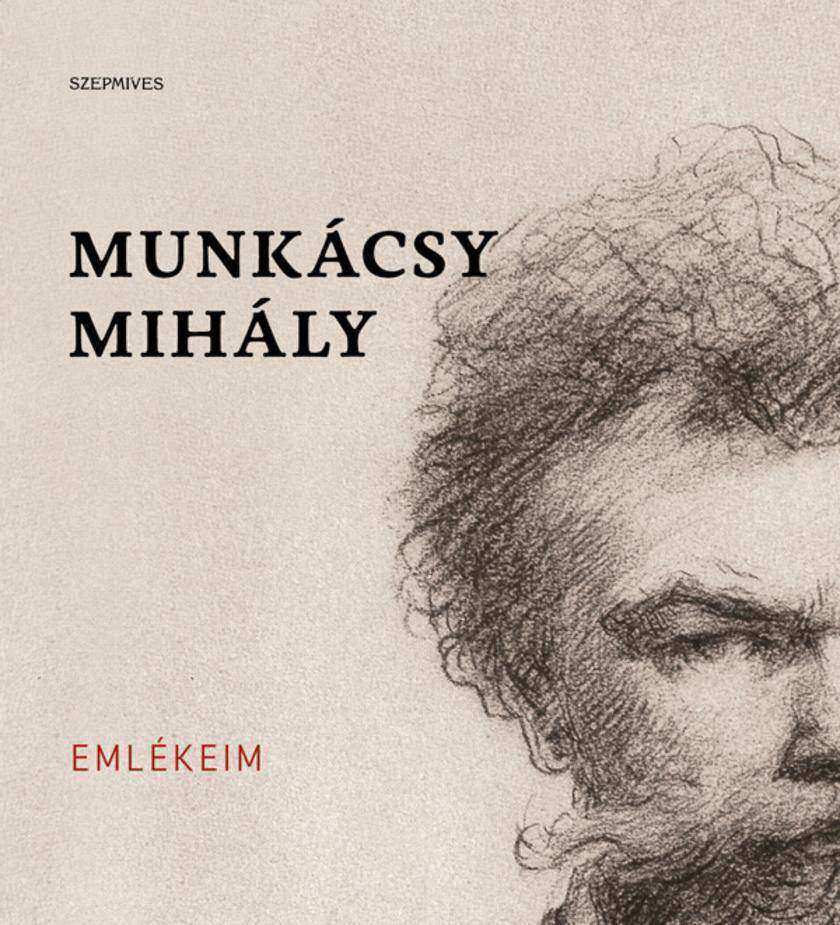
Emlékeim
¥80.36
Hogyan váltak a lovak az emberiség kiszolgálóivá?A lovak évezredek óta jelen vannak az emberek életében: hatalmas erejüket és engedelmességüket kihasználva dolgoznak, küzdenek, hódítanak.De hogyan lehetséges, hogy a 60-65 millió éve a F?ld?n él? állatokat végül az ember igába hajthatta? Ez a regény err?l is szól, fantasztikus, mesés elemekkel telet?zdelve. Kül?n?s mozzanat a t?rténetben a lovak találkozása az emberekkel, akik a F?ldész nev?, egy a F?ldh?z hasonló élhet? bolygóról érkeztek, és egyedül ezekben csodás állatokban találták meg azt az akarater?t és intelligenciát, ami alkalmassá teszi ?ket majd a f?ldi emberi társadalmak kialakítására.Fuli Sándor kalandos regénye az életigenlésr?l felhívja fiatal olvasói figyelmét a minden nehézséggel való bátor szembenézés fontosságára.
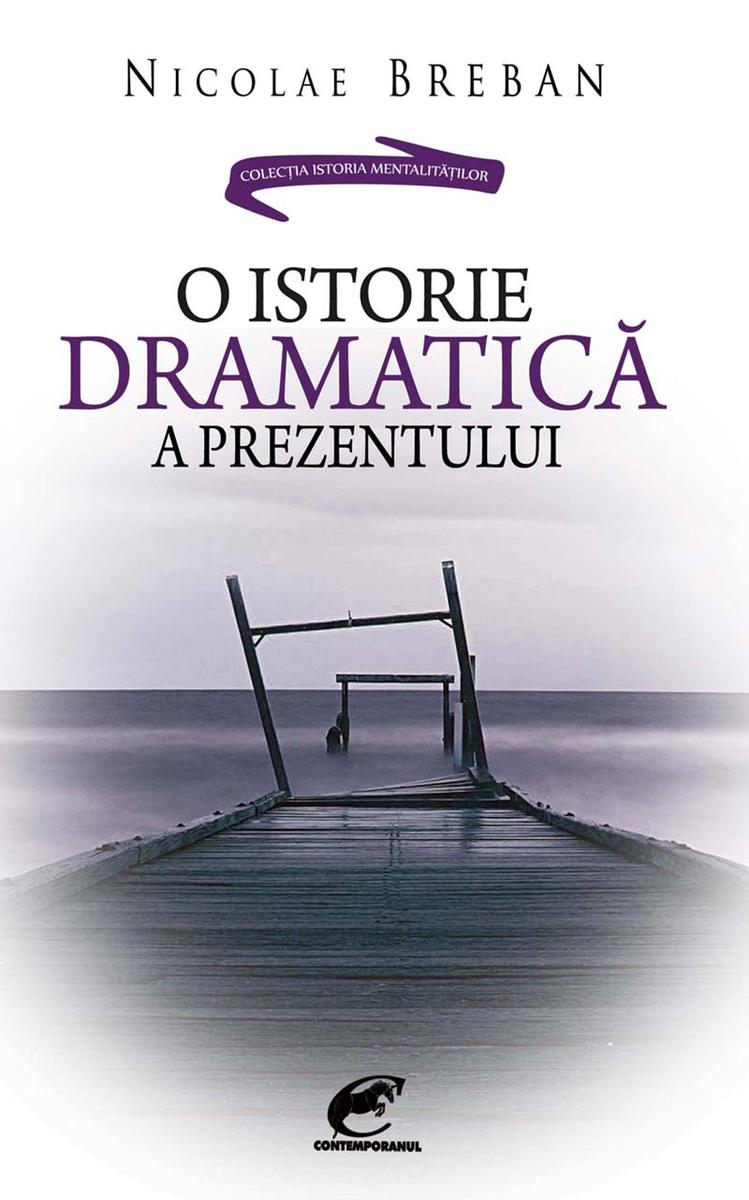
O istorie dramatic? a prezentului
¥80.93
Demersul Antoanetei Olteanu, reputat? traduc?toare de limba rus? ?iexpert? ?n istoria cultural? a Rusiei, se distinge at?t prin calitatea informa?iilor, adesea inedite, c?t ?i prin compozi?ia complex?, care ?mbin? viziunea sintetic? cu o perspectiv? transcultural? exersat?. Cartea se recomand? de la sine at?t cititorului profesionist, care g?se?te aici o serie de date altfel greu accesibile, c?t ?i celui interesat de istoria ?i cultura Europei ?n ansamblu. Dup? cum anun?? ?i subtitlul, lucrarea reconstituie o istorie cultural? a secolului al XIX-lea, realiz?nd, ?n fapt, o fresc? a uneia dintre cele mai captivante perioade din istoria Rusiei, cea imperial?. Datele prezentate acoper? practic toate Aspectele vie?ii politice, sociale, economice ?i culturale ale acestui interval de timp, marcat at?t de aura ?arilor, c?t ?i de nenum?ratele revolte populare. Tabloul evenimentelor majore este ?ntregit cu minu?ioase inventare de titluri nobiliare, cu date economice consemnate cu acribie, cu o expunere vie a panoramei cutumelor sociale, familiale ?i religioase, merg?nd de la modalit??ile de confec?ionare a juc?riilor sau a bijuteriilor p?n? la istorii ale ceaiului sau vodcii. Atmosfera epocii cap?t? un contur des?v?r?it prin citarea unor fragmente din lucr?ri ?tiin?ifice de referin??, din jurnalele de c?l?torie ?i din publicistica vremii, dar ?i din operele marilor scriitori ai vremii, ca Dostoievski, Gogol ?i Tolstoi. Se contureaz?, astfel, o imagine neconven?ional? a Rusiei, o na?iune confruntat? permanent cu tensiunea unei alegeri fundamentale, care pune ?n opozi?ie modelul str?in ?i inegalabila for?? intern?. Autoarei ?i revine meritul de a fi surprins aspectele esen?iale ale acestei tensiuni, cu ample ecouri ?n perioadamodern? ?i cu evidente efecte asupra mentalit??ii contemporane.
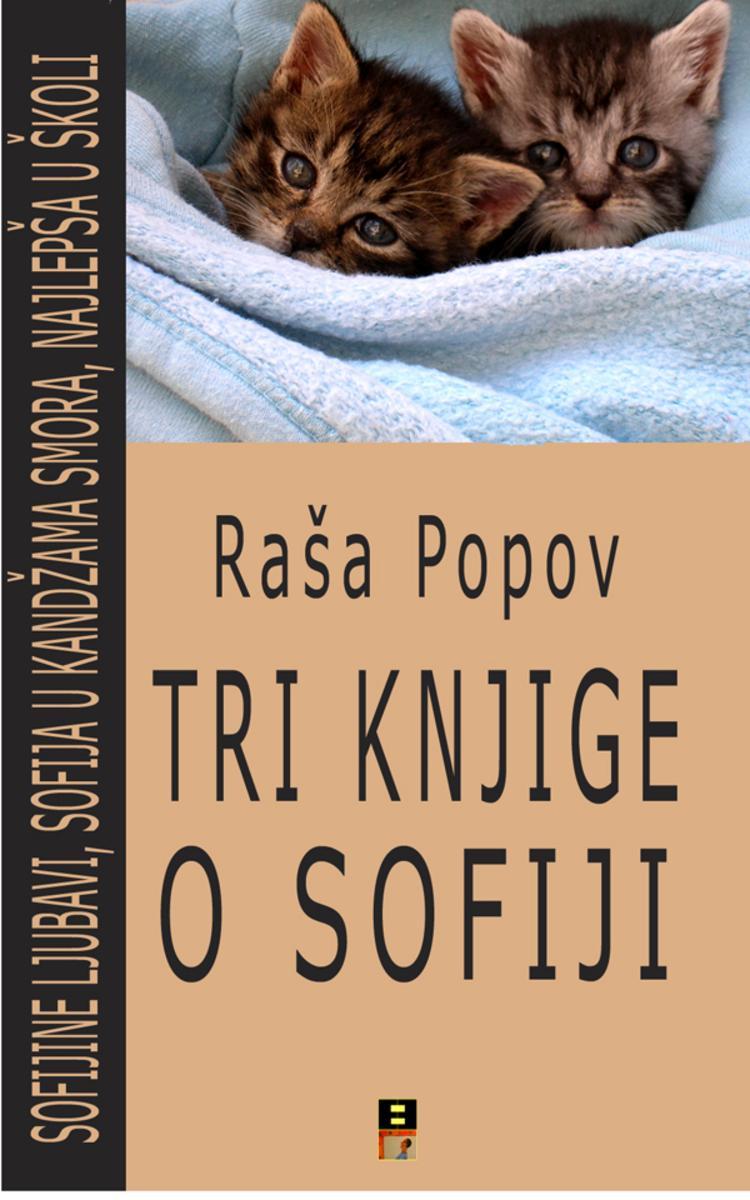
TRI KNJIGE O SOFIJI
¥80.93
O istorie politico-sentimental? a capitalei noastre. De ce o istorie politico-sentimental?? Pentru c?, ?n evolu?ia Bucure?tiului, de-alungul secolelor, afacerile politice s-au ?mpletit adesea, inevitabil, cu b?t?ile inimii. Chiar prima perioad? a cet??ii, ca ?i capital? domneasc?, tutelat? de figu ra dominant? a doamnei Chiajna, poate fi b?nuit? de un senzualism crud care a deschis drum acelui fenomen pe care Ionescu-Gion ?l numea at?t de plastic ?ginecolatrie“, adic? ascultarea dovedit? de domnitorii valahi fa?? de so?iile lor.
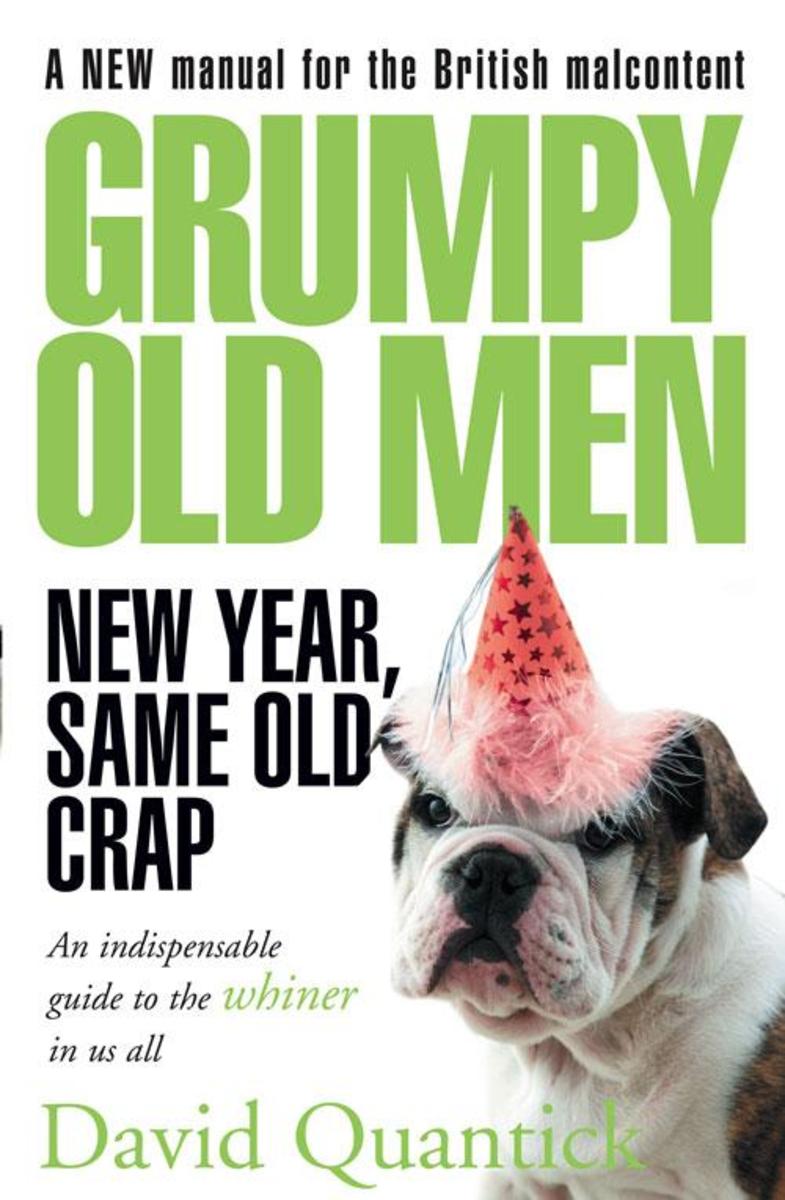
Grumpy Old Men: New Year, Same Old Crap
¥81.52
At last! A comprehensive, handy guide for the misery-guts in your life. Are you an irritable, crabby, cantankerous, malcontented old grump? Well relax, because you're not alone. Grumpy Old Men is an annotated, cross-referenced and fully illustrated manual for malcontents everywhere: the comprehensive Gripes of Wrath. A compilation of gripes and grumbles, illustrated with blood-boiling images such as derailed trains and traffic wardens throughout. The next time you find yourself enraged by pointless speed bumps, overcrowded trains, ill-mannered drivers, irritating adverts, inefficient customer help-lines, overbooked airlines, inconsiderate cyclists, slow-moving caravans, extortionate bank charges, persistent charity collectors, mindless hotel muzak, unfunny clowns or just plain miserable British weather, let this book take the strain. The ultimate in stress-relief for the 21st-Century Grouch.
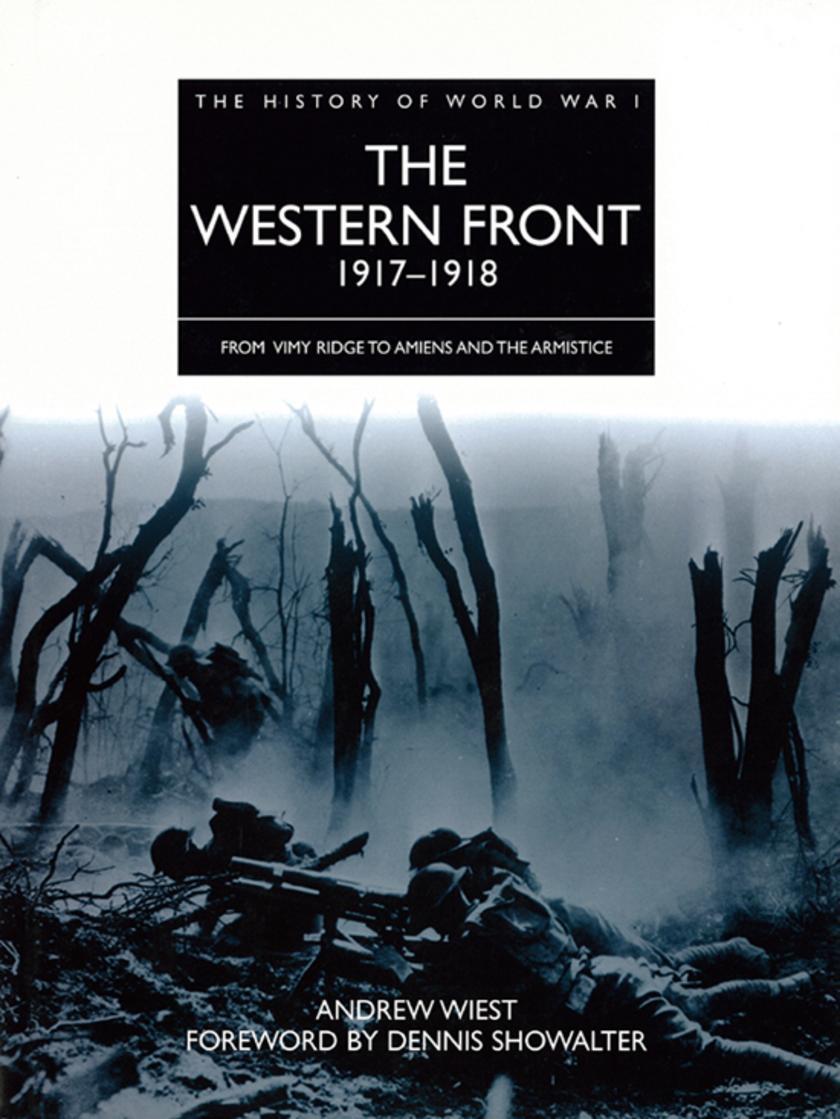
The Western Front 1917–1918: From Vimy Ridge to Amiens and the Armistice
¥81.67
The History of World War I series recounts the battles and campaigns that took place during the 'Great War'. From the Falkland Islands to the lakes of Africa, across the Eastern and Western Fronts, to the former German colonies in the Pacific, the World War I series provides a six-volume history of the battles and campaigns that raged on land, at sea and in the air. Following the climactic battles of Verdun and the Somme the previous year, the Allies sought to finish the war on the Western Front in 1917 through a major French offensive designed to rupture the German front and roll up their position. This attack was to be supported by a diversionary British offensive at Arras in the north, which would draw off both German attention and their reserves. In the event, the French offensive in Champagne failed to deliver the promised breakthrough, leaving the French Army in a state of open mutiny. While French discipline recovered, the British Expeditionary Force took on the burden of the bulk of the fighting for the rest of the year. The need for an Allied offensive to take the pressure off the French resulted in the Third Battle of Ypres, more commonly known as Passchendaele. The battle degenerated into a slaughter in the Flanders mud thanks to heavy rain, and the only rays of light for the Allies at the end of 1917 were the arrival of fresh American troops on the Western Front, and the potential for a decisive victory shown by the use of armour at the Battle of Cambrai. However the Russian Revolution brought the fighting on the Eastern Front to an end, releasing numerous battle-hardened divisions to reinforce the Germans in the west. The year 1918 saw Germany launch her Spring Offensives, desperate attempts to defeat the Allies before the Americans could arrive in force. Although these assaults came close to breaking the Allied line, they eventually petered out in the face of determined resistance and over-extended supply lines. Following the Battle of Amiens in August, the Allies pressed onwards: the British in Flanders, the French and the Americans in the Meuse-Argonne region. By September it was obvious that Germany was losing the war, and the decision was made to sue for peace before Allied troops reached German soil. The Armistice came into force at 11am on the morning of 11 November 1918, although the war did not officially end until the signing of the Treaty of Versailles in June 1919. With the aid of over 300 black and white and colour photographs, complemented by full-colour maps, The Western Front 1917–1918 provides a detailed guide to the background and conduct of the conflict on the Western Front in the final years of World War I.
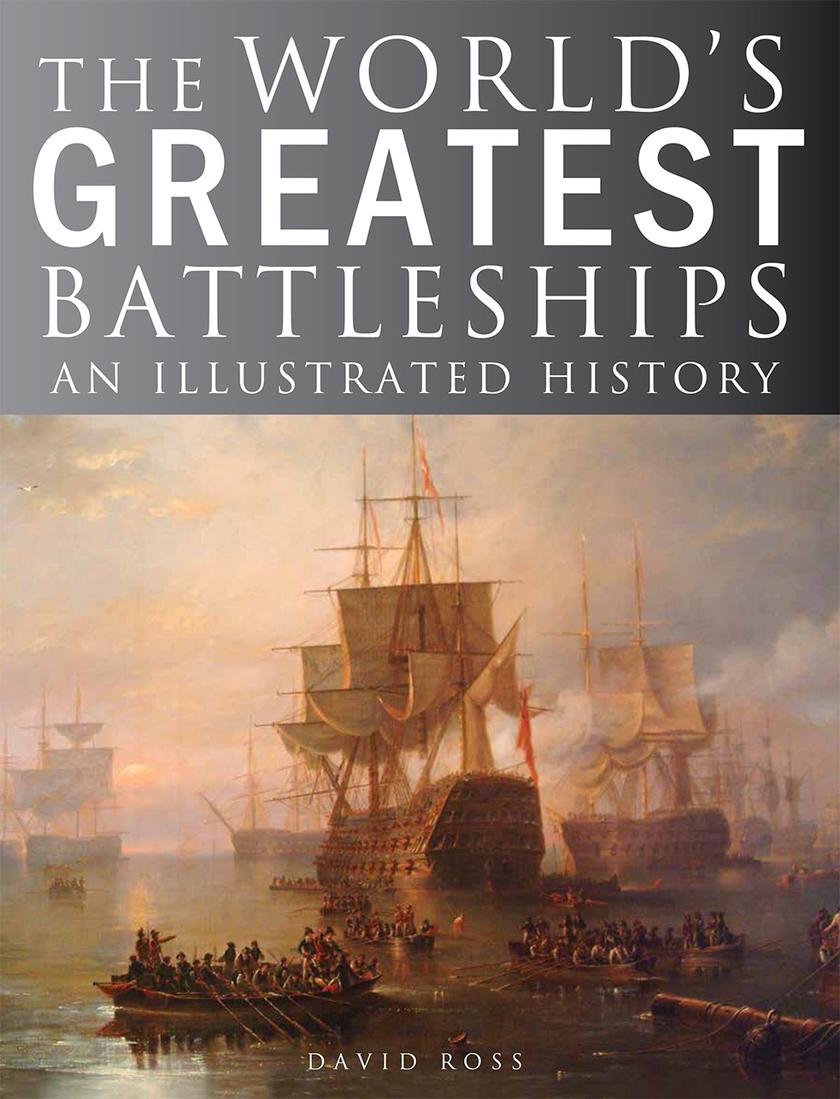
The World's Greatest Battleships: An Illustrated History
¥81.67
For more than 400 years, the big-gun warship stood as the supreme naval war machine. It was not only a major instrument of warfare, but a visible emblem of a nation’s power, wealth and pride. The World’s Greatest Battleships features 52 of the greatest warships to have sailed in the last 500 years. Beginning with English king Henry VIII’s flagship, Henry Grace a? Dieu , the book covers all the main periods of battleship development, including the great sail ships, such as Sovereign of the Seas, Santissima Trinidad and HMS Victory . The advent of steam-driven warships provides the core of the book, beginning with the introduction of Gloire in 1859, and continuing through all the major pre-Dreadnoughts, such as Inflexible, Maine and Tsessarevitch . There is detailed coverage of the great battleships of the two world wars, including Derfflinger , Yamato and Iowa , while the book closes with the last new battleship to be commissioned, Vanguard , in 1946. Each entry includes a brief description of the battleship’s development and history, a colour profile artwork, key features and specifications. Packed with more than 200 artworks and photographs, The World’s Greatest Battleships is a colourful guide for the military historian and naval warfare enthusiast.
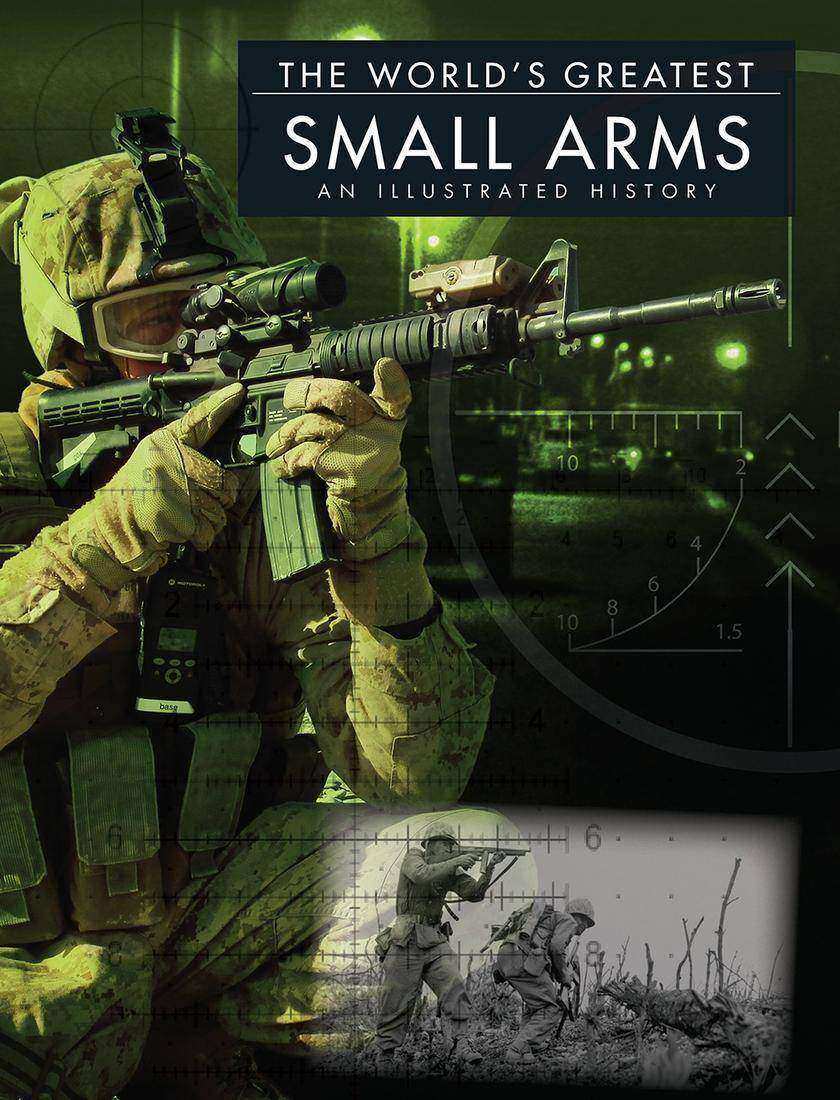
The World's Greatest Small Arms: An Illustrated History
¥81.67
Small arms have developed hugely since the introduction of the machine gun in the 1870s. Magazine-fed rifles, submachine guns, automatic pistols and, later, assault rifles and personal defence weapons have changed the face of infantry warfare, offering a range of weaponry designed for both the specialist and novice. The World’s Greatest Small Arms features 52 weapons from the late 19th century to the present day. The book includes the best-known weapons from throughout the modern era, from the Gatling gun, SMLE rifle and Luger pistol, to the Uzi, FN MAG and the M110 sniper rifle. Great iconic weapons, such as the Colt M1911 pistol, Bren Gun, MP5 submachine gun, and Steyr AUG rifle are featured, as well as timeless classics still in use today: the M2 Browning 50 cal, AK-47 and M16 rifle. Each weapon is illustrated with a colour profile artwork and photographs, along with a description of the weapon’s development and history, key features and a full specifications box. Including more than 200 artworks and photographs, The World’s Greatest Small Arms is a colourful guide for the military historian.
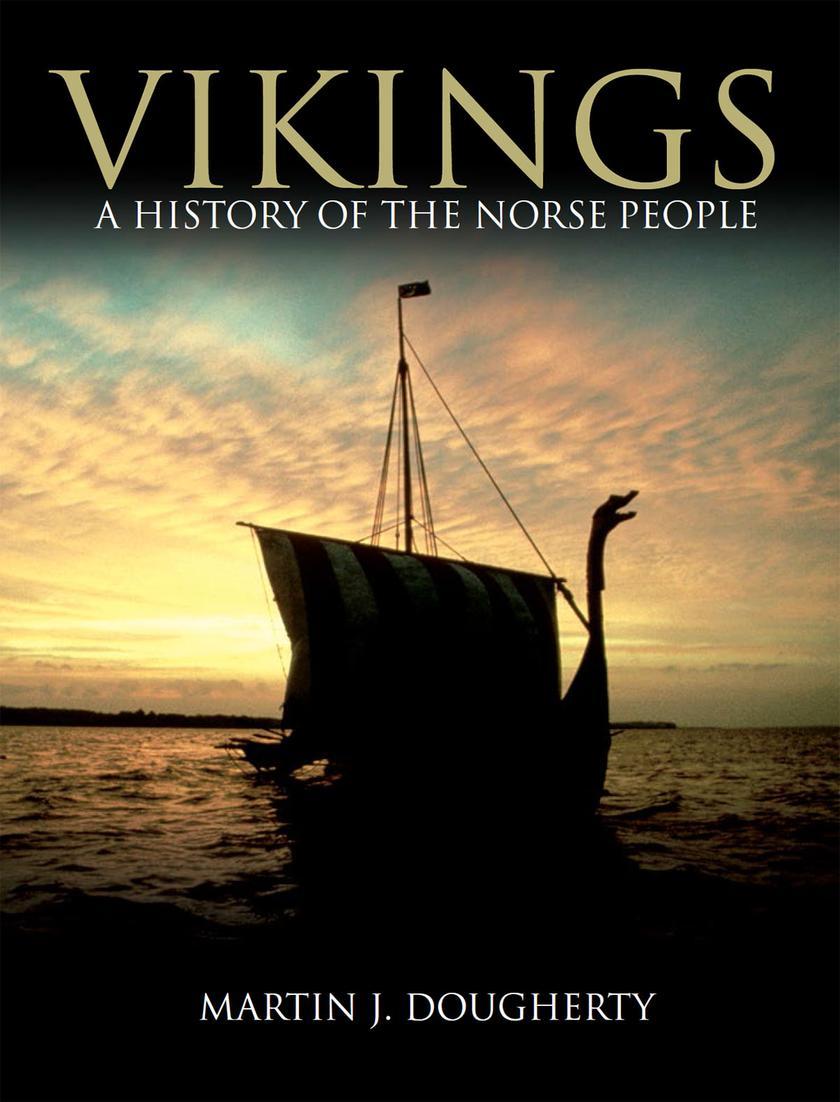
Vikings: A History of the Norse People
¥81.67
“From the fury of the Northmen, good Lord deliver us.” – Anonymous monk, Noirmoutier, France, 9th century AD Beginning in 789AD, the Vikings raided monasteries, sacked cities and invaded western Europe. They looted and enslaved their enemies. But that is only part of their story. In long boats they discovered Iceland and America (both by accident) and also sailed up the Seine to Paris (which they sacked). They settled from Newfoundland to Russia, founded Dublin and fought battles as far afield as the Caspian Sea. A thousand years after their demise, traces of the Vikings remain all the way from North America to Istanbul. They traded walruses with Inuits, brought Russian furs to Western Europe and took European slaves to Constantinople. Their graves contain Arab silver, Byzantine silks and Frankish weapons. In this accessible book, the whole narrative of the Viking story is examined from the eighth to the eleventh centuries. Arranged thematically, Vikings: A History of the Norse People examines the Norsemen from exploration to religion to trade to settlement to weaponry to kingdoms to their demise and legacy. But today questions remain: what prompted the first Viking raids? What stopped their expansion? And how much of the tales of murder, rape and pillage is myth? Illustrated with more than 200 photographs, maps and artworks, Vikings: A History of the Norse People is an expertly written account of a people who have long captured the popular imagination.
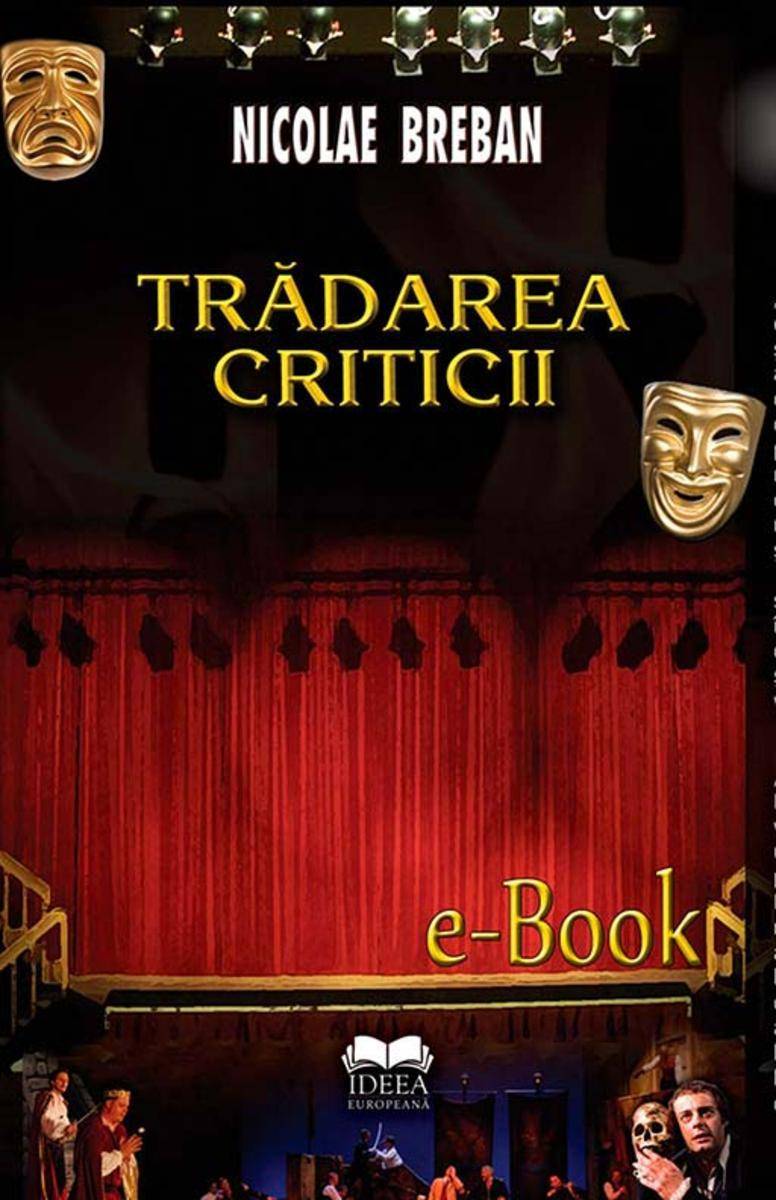
Tr?darea criticii
¥81.67
Habsburgi, Windsori, Romanovi, Hohenzollerni, familii regale ale Belgiei, Olandei, Italiei, Iugoslaviei, Bulgariei, Rom?niei sau Greciei – monarhiile europene s-au aflat ?n inima celor dou? R?zboaie Mondiale.?ntr-o incursiune istoric? fascinant?, punctat? de portrete, anecdote, momente-cheie, ?nt?lniri decisive, jocuri de alian?e, Jean des Cars ne introduce ?n culisele cur?ilor europene prinse ?n v?rtejul celor dou? conflagra?ii care au zguduit secolul al XX-lea.?Jean des Cars, eminent specialist al marilor dinastii europene, realizeaz? – ?ar? dup? ?ar?, deceniu dup? deceniu – un expozeu al faptelor istorice marcante, construind o lucrare plin? de vivacitate ?i bine documentata, o lectura cu at?t mai captivanta, cu c?t cele aproape 170 de subcapitole care o compun istorisesc, fiecare ?n parte, o adev?rat? poveste." - Le Figaro Magazine?Una dintre cele mai bune c?r?i ale autorului ?i un succes de libr?rie: urm?rim pe parcursul acestor conflicte comportamentele monarhilor, majoritatea ?nrudi?i ?ntre ei. Un secol de istorie a marilor familii, a destinelor europene, iar pentru Europa de Est, o memorie reg?sit?." - Valeurs Actuelles?n vara lui 1914, Europa este majoritar monarhic?: din dou?zeci ?i dou? de state, nou?sprezece sunt regate, imperii, principate sau mari ducate. Ast?zi, nu au mai r?mas dec?t zece. Primul R?zboi Mondial provoac? pr?bu?irea a patru imperii (Germania, Rusia, Austro-Ungaria, Imperiul Otoman), iar al Doilea spulber? patru regate (Italia, Iugoslavia, Rom?nia, Bulgaria).Cine erau ace?ti suverani? Dar femeile care le ?mp?rt??eau destinul?De la ambi?ie la orbire, de la curaj la sl?biciune, de la gelozie la abnega?ie, care au fost triumfurile ?i e?ecurile lor? Cum ?i-au tr?it gloria, dramele, cum s-au confruntat cu ascensiunea extremismelor interbelice, cu apari?ia totalitarismelor? Erau con?tien?i de consecin?ele gesturilor lor? Sau au fost incapabili s? stopeze avansul na?ionalismelor? Care au fost vie?ile lor personale, iubirile ?i pasiunile secrete? Ace?ti monarhi, care se vor alia, se vor ?nfrunta ?i uneori tr?da, sunt to?i ?nrudi?i, uni?i prin leg?turi de s?nge ?i matrimoniale. Astfel, ?r?zboiul regilor" va fi o incredibil? reglare de conturi familial? – la scar? continental?, apoi mondial?.

The Unstarving Musician's Guide to Getting Paid Gigs
¥81.67
The Unstarving Musician's Guide to Getting Paid Gigs
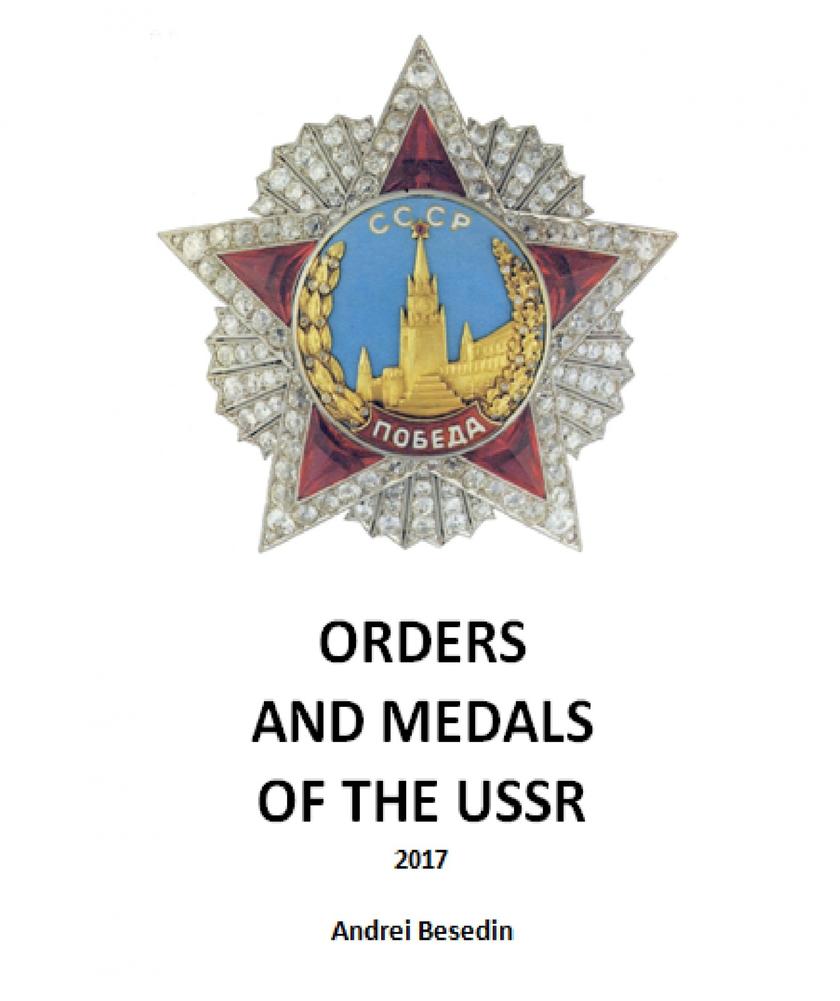
Orders and Medals of USSR
¥81.67
Orders and Medals of USSR

Publishing Architect's Blueprint: Self-Publishing Fundamentals
¥81.67
The Publishing Architect's Blueprint: Self-Publishing Fundamentals is a no-nonsense roadmap to publishing success for the author and small publisher alike. Both fiction and nonfiction authors will utilize this book as their publishing guide for print, e-book and audio titles. It maps the most direct route to publishing success in the most cost-effective manner, providing the indie publisher with the skills and approach of a traditional publisher and marketing strategy of a bestseller.
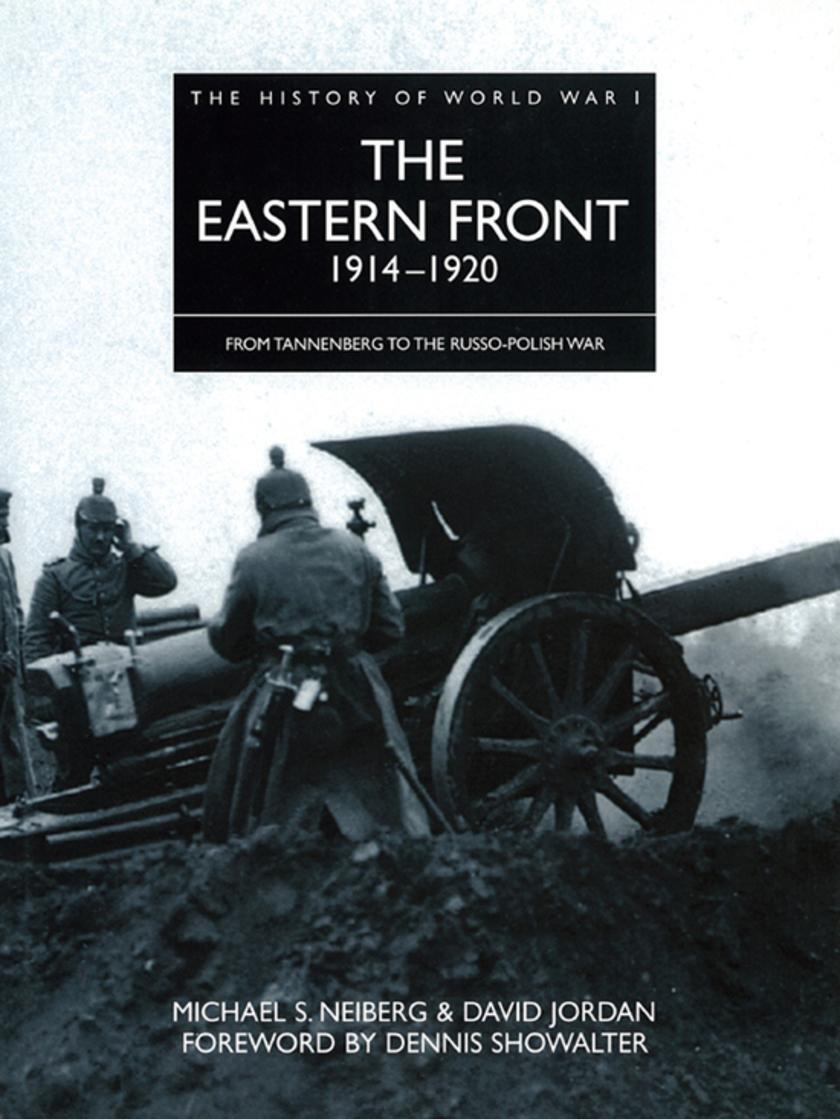
The Eastern Front 1914–1920: From Tannenberg to the Russo-Polish War
¥81.67
The length of the front in the East was much longer than in the West. The theater of war was roughly delimited by the Baltic Sea in the West and Moscow in the East, a distance of 1,200 kilometers, and Saint Petersburg in the North and the Black Sea in the South, a distance of more than 1,600 kilometers. This had a drastic effect on the nature of the warfare. While World War I on the Western Front developed into trench warfare, the battle lines on the Eastern Front were much more fluid and trenches never truly developed. This was because the greater length of the front ensured that the density of soldiers in the line was lower so the line was easier to break. Once broken, the sparse communication networks made it difficult for the defender to rush reinforcements to the rupture in the line to mount a rapid counteroffensive and seal off a breakthrough. There was also the fact that the terrain in the Eastern European theater was quite solid, often making it near impossible to construct anything resembling the complicated trench systems on the Western Front, which tended to have muddier and much more workable terrain. In short, on the Eastern front the side defending did not have the overwhelming advantages it had on the Western front. Because of this, front lines in the East kept on shifting throughout the conflict, and not just near the beginning and end of the fighting, as was the case in the West. In fact the greatest advance of the whole war was made in the East by the German Army in the summer of 1915. With the aid of numerous black and white and color photographs, many previously unpublished, the World War I series recreates the battles and campaigns that raged across the surface of the globe, on land, at sea and in the air. The text is complemented by full-color maps that guide the reader through specific actions and campaigns.
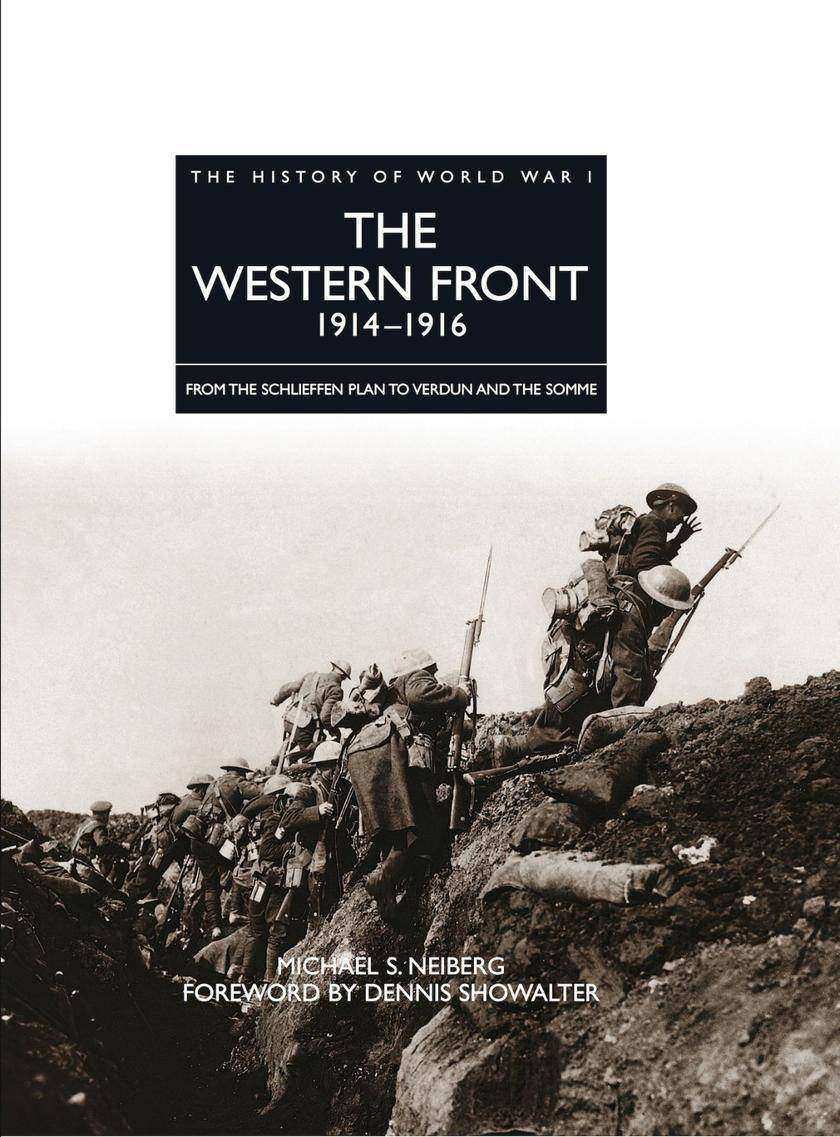
The Western Front 1914–1916: From the Schlieffen Plan to Verdun and the Somme
¥81.67
The Western Front, running from the Belgian coast in the north to the Swiss border in the south, was to prove the decisive battlefront of World War I. It was where the great powers of Germany, France and the British Empire concentrated the bulk of their military might, and it was where many believed the war would be settled before Christmas 1914. The German General Staff realised the dangers of fighting a two-front war against both France and Russia simultaneously. They sought to knock the French out of the war quickly, making a rapid advance on Paris through neutral Belgium – the infamous 'Schlieffen Plan'. After desperate delaying actions fought by the French and British armies, the German hope for swift victory in the West was thwarted by their defeat at the First Battle of the Marne. Following a 'Race to the Sea' – where each side sought to outflank the other, culminating in the battles of First Ypres and the Yser – the Western Front settled down into a pattern of trench warfare that would remain little changed until 1917. The year 1915 proved one of frustration for the Allies as attack after attack – in Champagne, at Neuve Chapelle, Festubert and Loos – all failed to pierce the German defensive lines. To break the deadlock, a joint Allied offensive was planned for 1916 with simultaneous attacks against the Central Powers to take place in all the European theatres. This planned major effort was pre-empted by the German assault on the fortress city of Verdun, intended to bleed the French Army dry. The joint Somme offensive thus became a largely British and Imperial affair to relieve the pressure on their French allies. The blooding of Kitchener's volunteer New Army on the first day of the Somme has become a byword for the slaughter on the Western Front. By the year's end, it was clear there would be no easy victory for either side. With the aid of over 300 photographs, complemented by full-colour maps, The Western Front 1914–1916 provides a detailed guide to the background and conduct of the conflict on the Western Front in the first half of the war, up to and including the Battles of the Somme and Verdun.
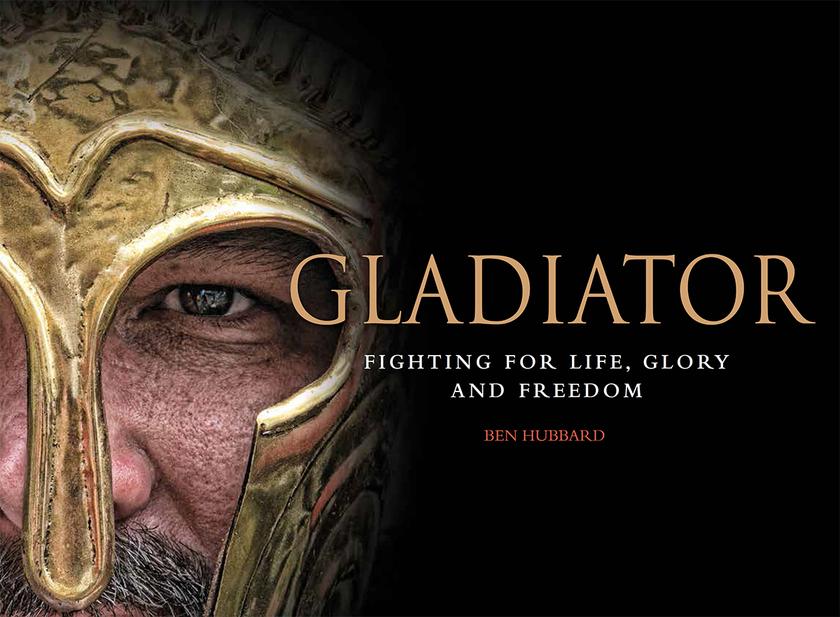
Gladiator: Fighting for Life, Glory and Freedom
¥81.67
“When everyone had had plenty to eat and drink they called for the gladiators. The moment anyone’s throat was cut, they clapped their hands in pleasure. And it sometimes even turned out that someone had specified in their will that the most beautiful women he had purchased were to fight each other….” – Athenaeus, The Learned Banqueters With their origins as blood rites staged at the funerals of rich aristocrats, gladiatorial combat is one of the defining images of ancient Rome. For more than 600 years, people flocked to arenas to watch these highly trained warriors participate in a blood-soaked spectacle that was part sport, part theatre and part cold-blooded murder. Gladiatorial contests were a spectacular dramatization of the Roman emperor’s formidable power. Gladiator looks at life and service in the Roman arenas from the origins of the games in the third century BCE through to the demise of the games in the fifth century CE. It explores the lives of the prisoners of war, criminals, slaves and volunteers who became gladiators, their training, and the more than 20 types of gladiator they could become, fighting with different types of weapons. From Spartacus’s slave revolt to the real Emperor Commodius who liked to play at being a gladiator, from female gladiators to the great combats involving hundreds of exotic animals, Gladiator is a colourful, accessible study of the ancient world’s famous warrior entertainers.
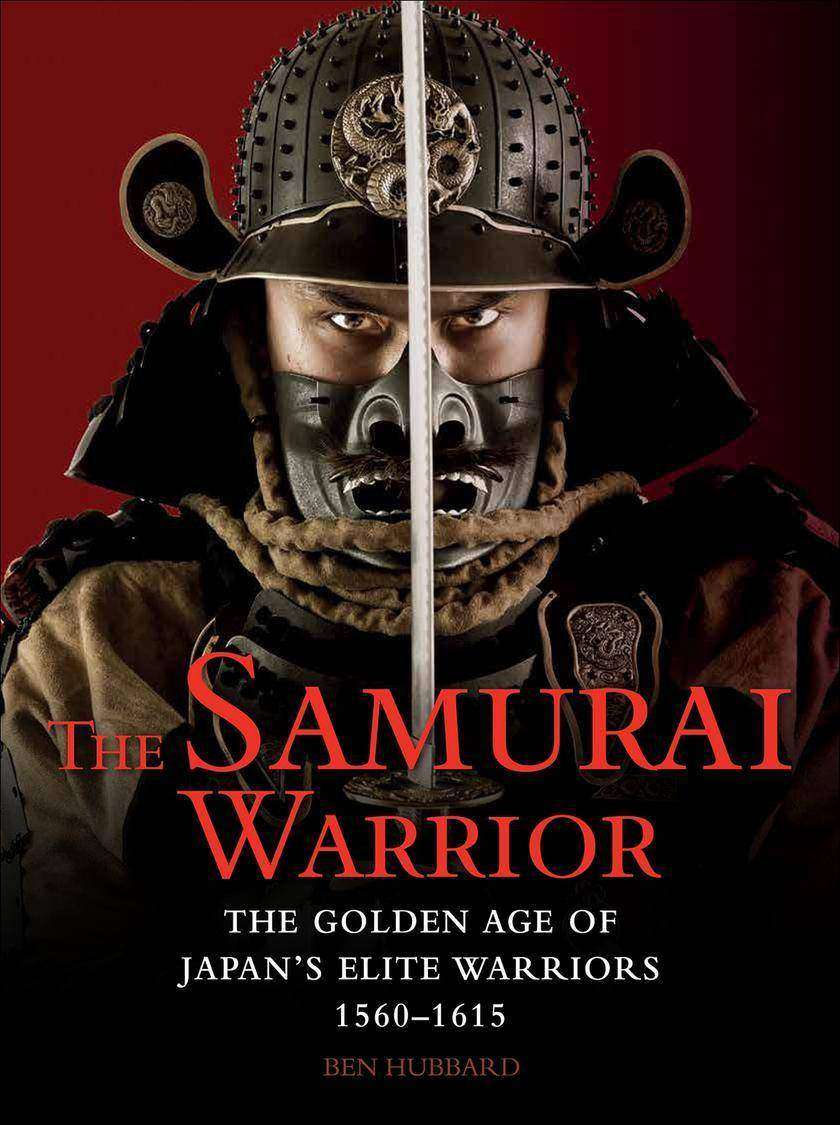
The Samurai Warrior: The Golden Age of Japan’s Elite Warriors 1560–1615
¥81.67
During Japan’s Warring States period, centuries of strife had left the country divided and leaderless. Those who filled the power vacuum were the daimyo, warlords who ruled over the clans and provinces of Japan. Serving their daimyo, the samurai were the ultimate warriors at a time when military prowess won out over hereditary power and position. The nature of warfare itself changed—romantic ideas of mounted duels and battlefield decorum became as rare as aristocratic samurai leaders. Marching in to replace them were the common foot soldiers, the ashigaru , armed with pikes and matchlock rifles. The Samurai Warrior examines the fighting men of this key period in Japanese history. Divided into six chapters, the book describes the unification under the Tokugawa bakufu , the major battles of the era, the weapons and armour used, the social structure of Japanese society, myths about the samurai, and finally the decline of the samurai amidst the modernization of the Meiji period. Including more than 200 photographs, illustrations, paintings, and maps, The Samurai Warrior is a colourful, accessible study of Japan’s famous but often misunderstood warrior elite.
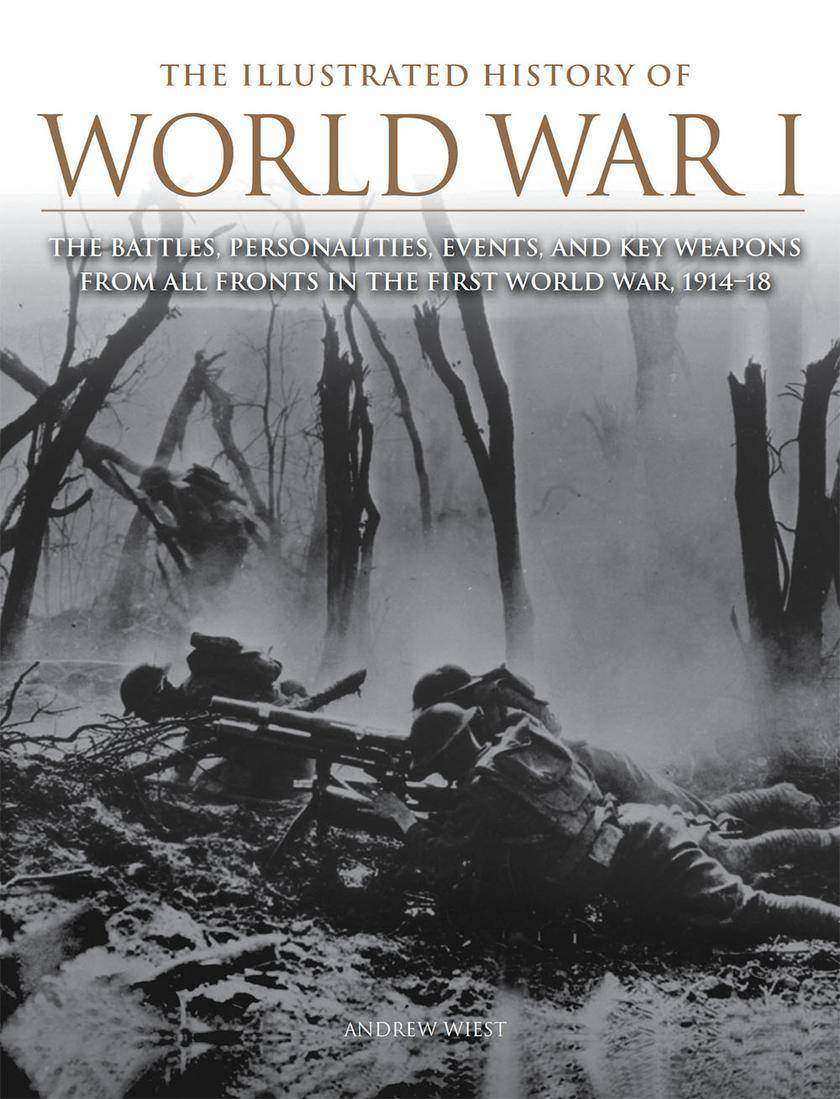
The Illustrated History of World War I
¥81.67
The first truly total war, the ‘war to end all wars’, shocked the world with its scale and brutality. Men from both sides went to war in August 1914 expecting to be home by Christmas, but on the Western and Italian Fronts troops became locked in a grim stalemate of trench warfare. For the first time, advances in both agricultural and industrial production had made it possible to equip and sustain mass armies for years in the field. The Illustrated History of World War I describes a conflict that began with a naval arms race in the early 1900s, and ended in 1918 with the deaths of nearly 23 million soldiers of all nations. As many more would die in the influenza pandemic that raged after the fighting had ceased. The war brought great social, political and military change. The innocence of the Victorian world was gone, replaced by an era of uncertainty. With the aid of more than 250 black-and-white photographs and full-colour artworks, The Illustrated History of World War I recreates the battles and campaigns that raged across the surface of the globe, on land, at sea and in the air. Including full colour maps of specific actions and campaigns and feature boxes explaining important events and personalities involved in the conflict, The Illustrated History of World War I provides a graphic and compelling account of the first truly modern war.
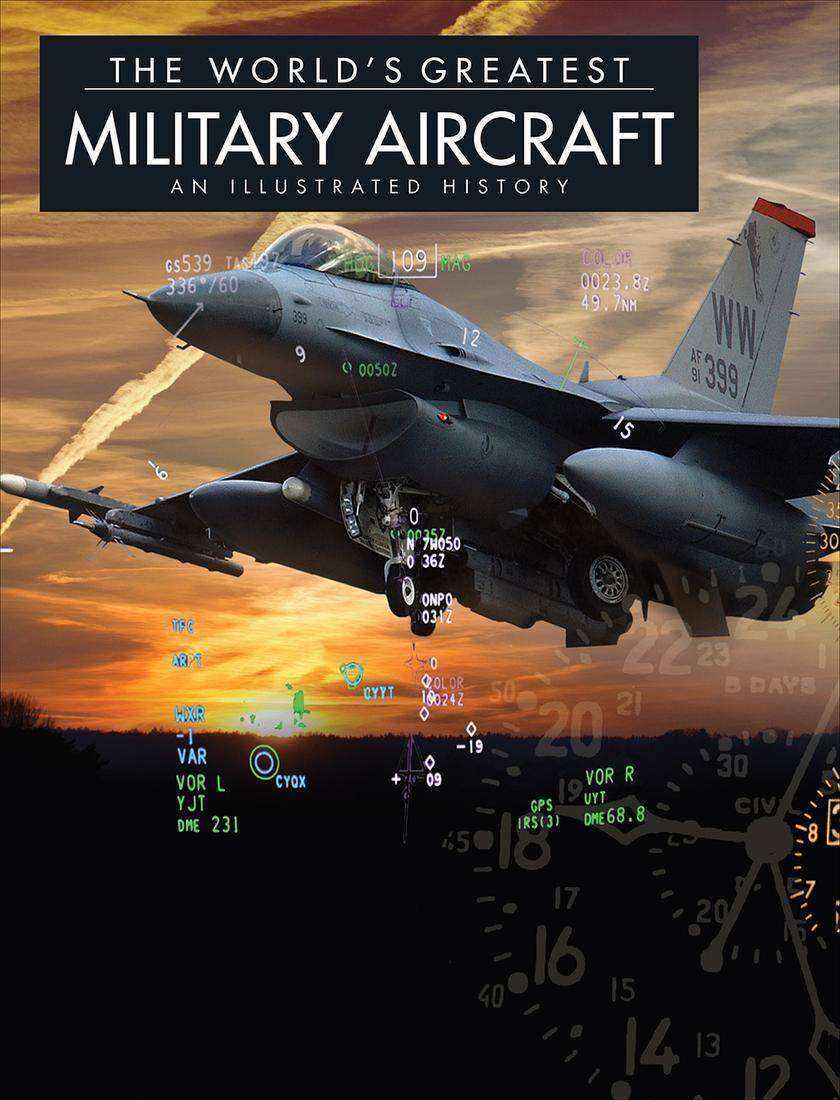
The World's Greatest Military Aircraft: An Illustrated History
¥81.67
Ever since man first took to the air, combat aircraft have been at the cutting edge of aviation technology, resulting in some of the greatest and most complex designs ever built. The World’s Greatest Military Aircraft features 52 of the most important military aircraft of the last hundred years. The book includes all the main types, from biplane fighters and carrier aircraft to tactical bombers, transport aircraft, multirole fighters, strategic strike aircraft and stealth bombers. Featured aircraft include: the Fokker Dr.1 triplane, the legendary fighter flown by German flying ace Manfred von Richthofen, ‘the Red Baron’, during World War I; the Mitsubishi A6M Zero, Japan’s highly-manoeuvrable fighter that dominated air-to-air combat in the early part of the Pacific War; the tank-busting Il-2 Shturmovik, the most produced aircraft in World War II; the Harrier jump jet, a vertical take-off and landing (VTOL) fighter that has been service for more than 40 years; the B-2 Spirit bomber, an American precision strike aircraft used in recent conflicts in Kosovo, Iraq and Afghanistan; and the F-22 Raptor, an air superiority fighter with state-of-the-art stealth technology that makes it almost invisible to radars. Each entry includes a brief description of the model’s development and history, a profile view, key features and specifications. Packed with more than 200 artworks and photographs, The World’s Greatest Military Aircraft is a colourful guide for the military aviation enthusiast.




 购物车
购物车 个人中心
个人中心



